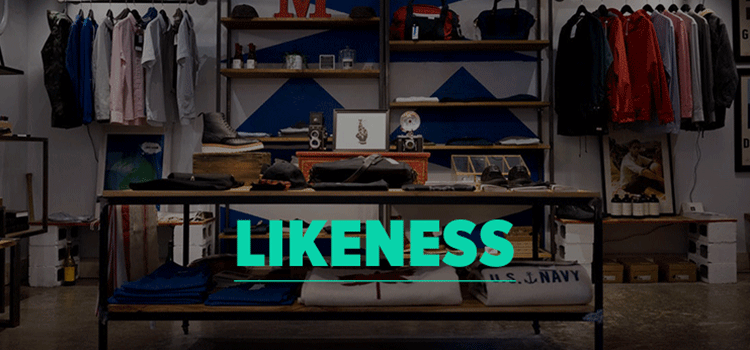When running an online store, it’s easy to forget that visitor #4578 is a real, live person, subject to biases, persuasion techniques, psychological theories, etc.
Having a basic understanding of some of the most popular persuasion techniques can put you ahead of the competition. You’ll have more insight into why visitors abandon their carts, why they buy and how they’re persuaded.
More importantly, you’ll have insight into how you can turn theory into practice, science into cold, hard cash. Here are some of these techniques:
Consistency
Consistency states that once you commit to something, especially in writing, you are more likely to follow through. People like when their thoughts and actions are aligned.
Once you get someone to make a commitment, they begin to justify related actions to themselves and others.
For example, push visitors to subscribe to your email list. Once they’ve made the small commitment, they’re more likely to make a bigger commitment.
Also, you could encourage social sharing at every stage. The more public the commitment, the better.
Reciprocity
Reciprocity is a social norm that states that if I give you something, you’ll feel obligated to return the favor. Essentially, this allows me to ask for something in return rather than wait for a voluntary act from you. But, the two values don’t necessarily need to be equal.
Offer an irresistible and low price product designed not to make money, but to change the relationship from casual visitor to buyer;
you can also offer a free gift or discount: free shipping, a welcome discount for first-time buyers, product samples, an unexpected free gift to go along with an ordered product, etc.
Likeness simply states that you tend to say “yes” to people you like. That comes down to two factors: physical attraction and similarity.
Studies have shown time and time again that people who are physically attractive are more persuasive. Also, you are more likely to be persuaded by someone you deem similar to yourself.
This translates quite easily to store design and voice of customer copywriting.
Come across as a friend, not a big corporation. The more human and similar your brand seems, the better.
Support the same causes as your customers. Some stores do this by donating a portion of profit to a relevant charity.
Social Proof
Even before social media existed, humans were naturally social. As a result, we’re heavily influenced by those around us, especially if we hold them in high regard.
People are more likely to follow the lead of someone who is similar to them or in situations where they are very uncertain. Often, there’s comfort in just doing what everyone else is doing.
Ratings, reviews, share counts, testimonials, social proof is all around you.
As an e-shop owner, you can benefit from this. Have an influencer or expert endorse or provide a testimonial for your product.
Also, show the number of people who have purchased recently or how many people are currently viewing.
Price Anchoring
Price anchoring states that the first price presented plays a big role in the decision-making process. For example, the price is regularly $29.99, which is noted first. But it’s currently on sale for just $9.99.
The first price serves as an anchor, making the discounted price seem like a total steal. This way, the higher price sets the stage and makes the second price so much more appealing.


